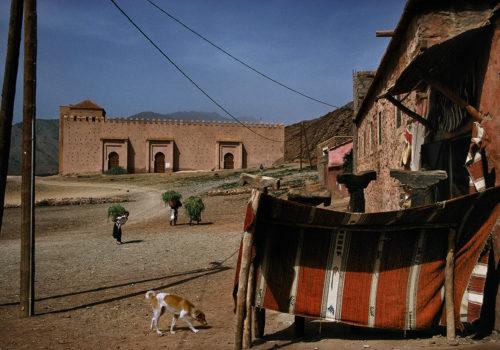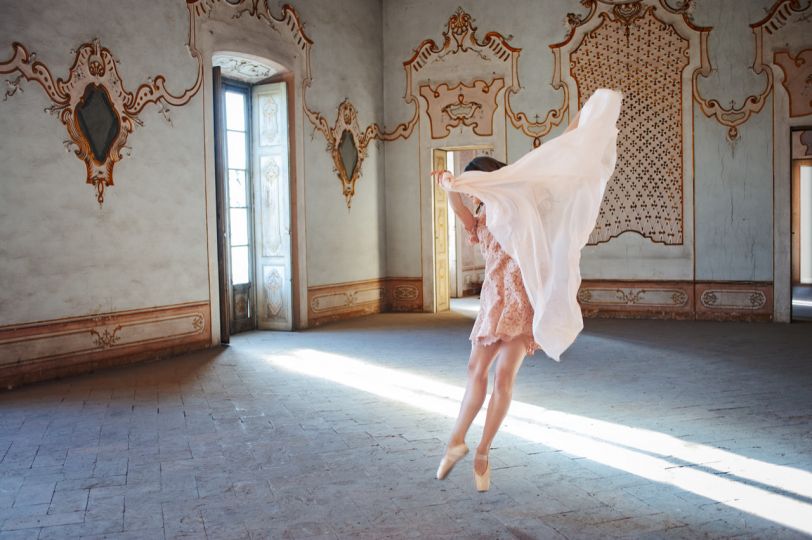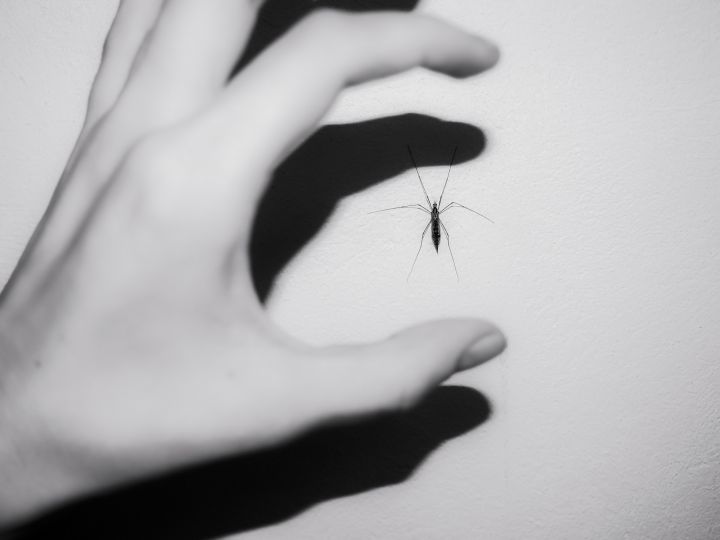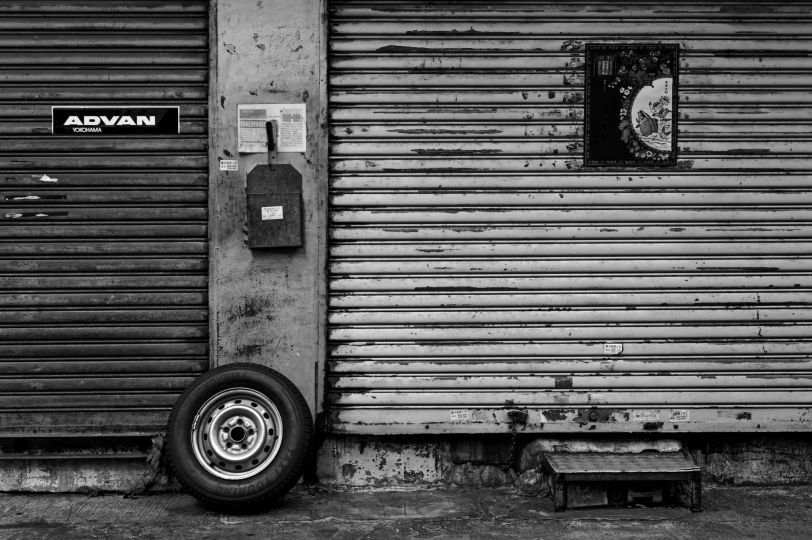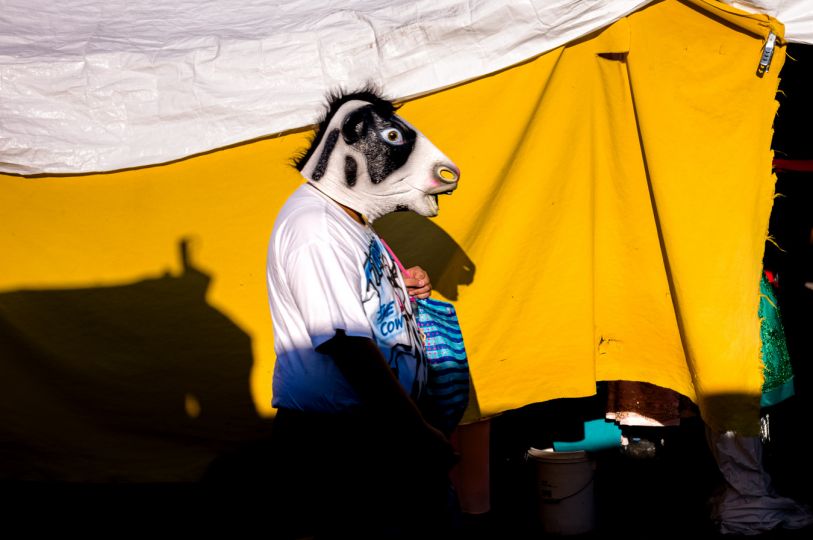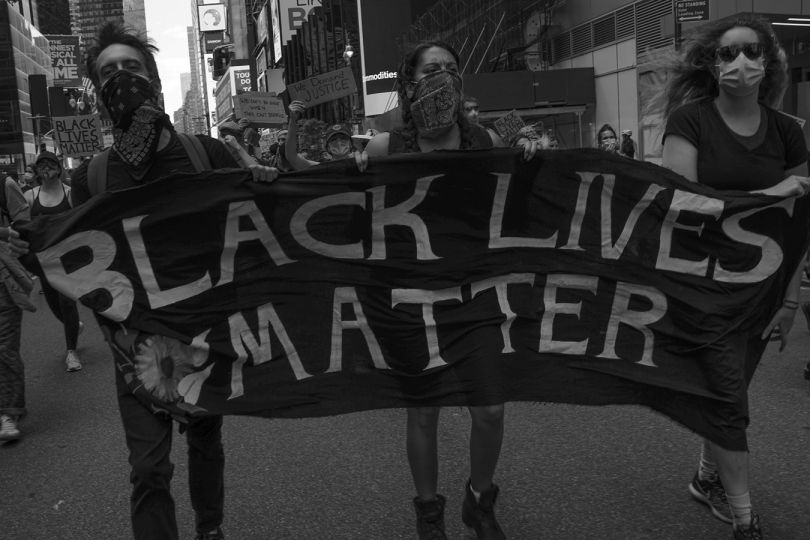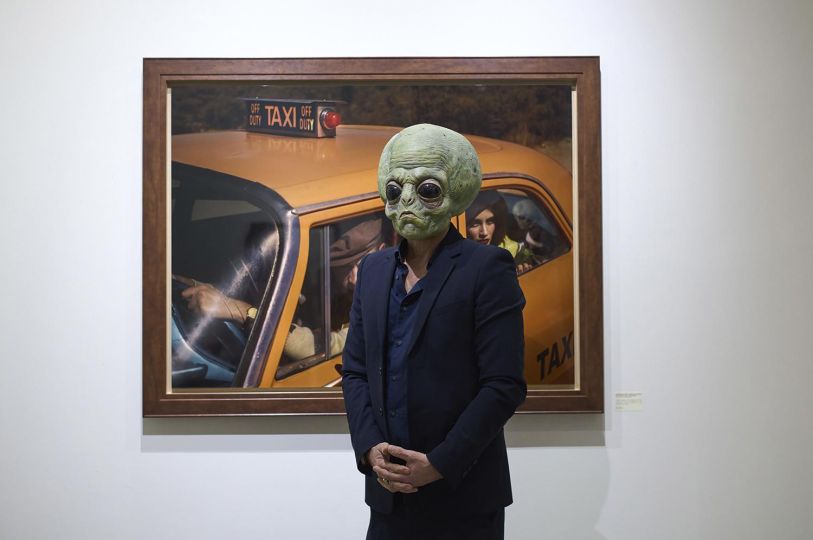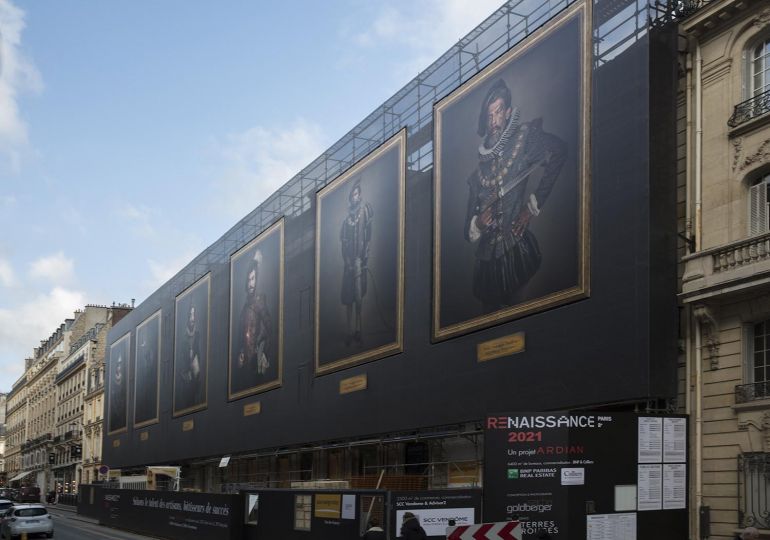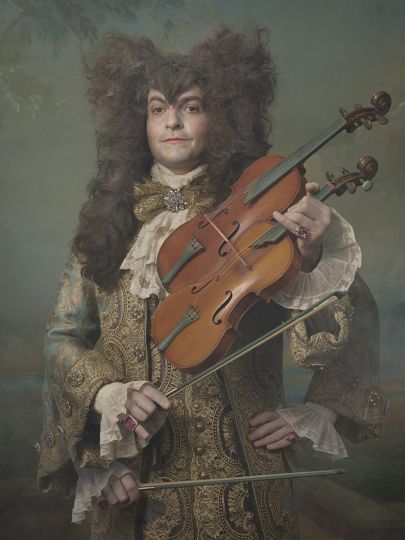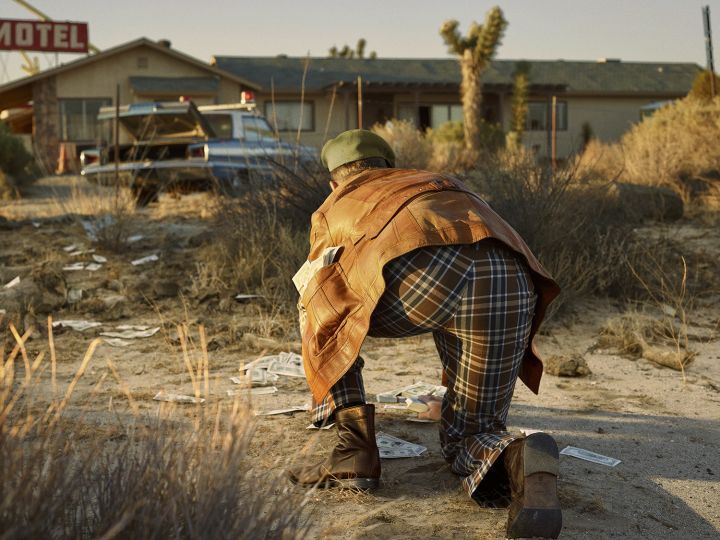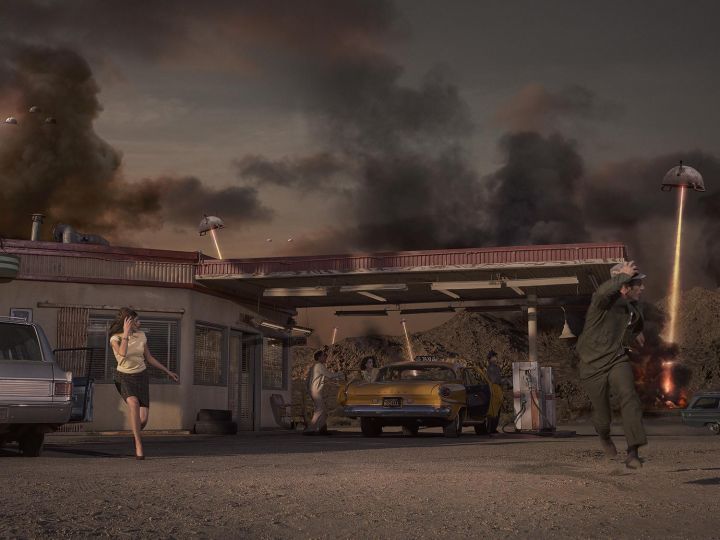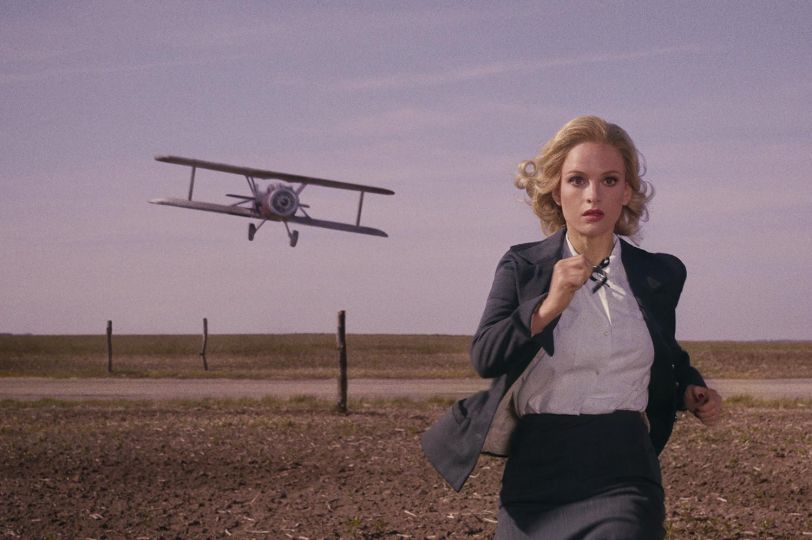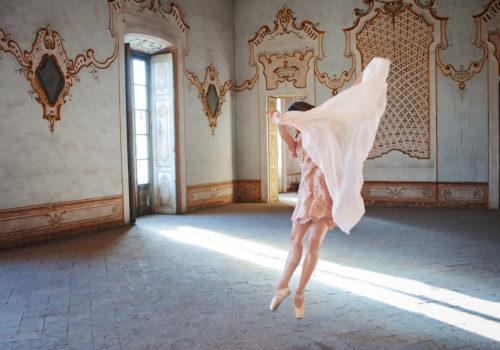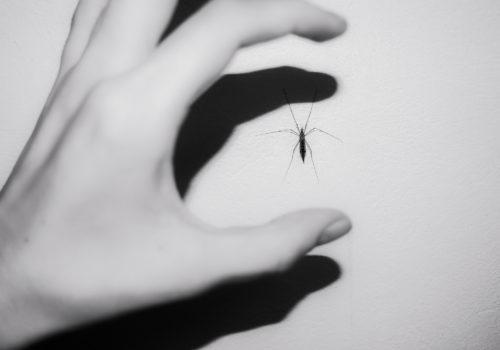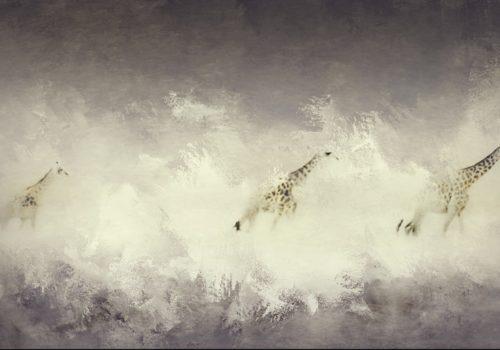When I first went to Morocco in the 1970s, I fell in love with the country. I felt like I had fallen into a painting by Brueghel. Then I went back to find certain places, to relive the initial emotion. What first seduced me was the order of things and life in the countryside. There was a splendid harmony between shapes, colors, daily gestures and nature. The importance of family, group, religion also fascinated me. In the Moroccan countryside, it was habit, custom, which dominated and designated who everyone should be and do according to rules, religious or secular. (…)
During the 1970s, with my Volkswagen bus, I traveled the same Moroccan route several times to see places as contrasting as the High Atlas and the desert, the Atlantic and Mediterranean coasts. The people there were extremely diverse, from one tribe or from one city to another, they had different clothes, customs, reactions towards the foreigner, the photographer moreover. I thus learned how to behave to photograph in Marrakech or in Fez, in Essaouira or in Erfoud: each city had its keys which, up to a certain point, made it possible to be accepted there.

